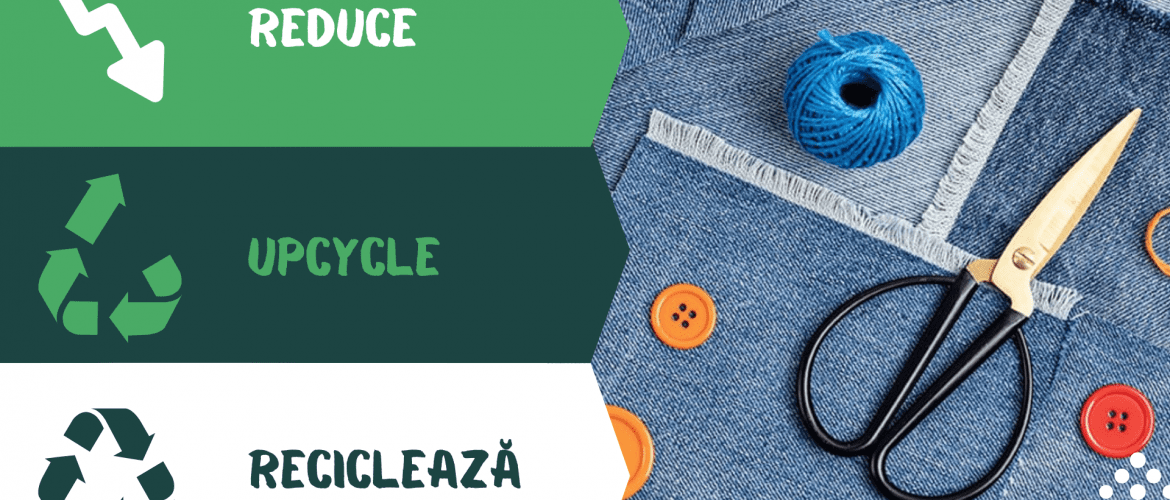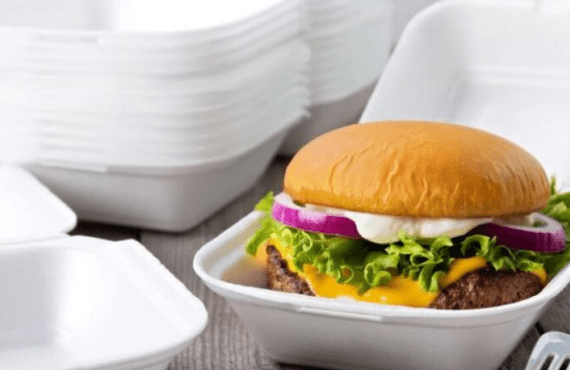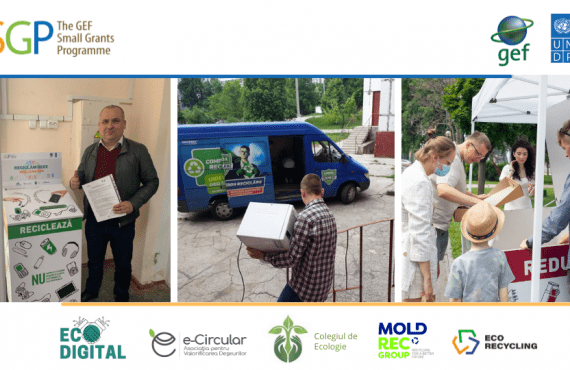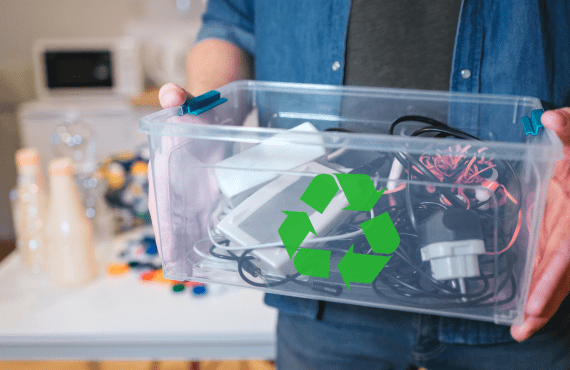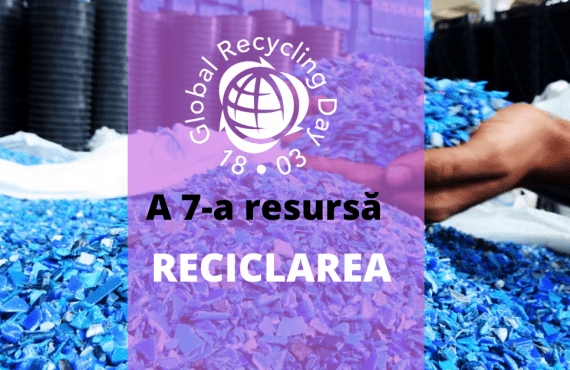If last year we discussed and promoted the errors of recycling, this year we urge you to REUSE CREATIVELY (upcycle) the things you don't need at the moment. Unlike "Recycling", "Creative Reuse" refers to the transformation of used or apparently useless objects into products of higher quality or with a higher functionality than the original product. Recycling, on the other hand, involves turning waste into new raw materials that can be used in the production of new products.
The goal upcycle is to reduce waste by creating products of high quality and value from materials that would otherwise be thrown away. The purpose of recycling is to transform waste into new raw materials and reduce the consumption of natural resources. Upcycled products are generally more valuable than original products and are often considered artistic masterpieces or products with sentimental value. Recycled products can be of the same or even lower quality, depending on the quality of the recycled materials.
Important to note, Upcycling has a positive impact on the environment by reducing the amount of waste generated and by preventing environmental pollution with waste. Recycling also has a positive impact by reducing the amount of waste generated and reducing the need to extract new materials from the environment.
Instead of simply throwing away an old piece of furniture, people are now stopping to see if they can reinvent the item into something new. It's not just furniture you can recycle – you can also reinvent clothing, jewelry and make art out of found objects.
Now is the time to contribute to a greener world by adopting a more sustainable lifestyle. Recycling goods is no longer enough, it would be very useful to Reuse them in a creative way!
In case you need a few more reasons to do upcycling or more simply put Creative Reuse, here are 3 things you didn't know about this topic:
- Upcycling and recycling are different concepts, but they complement each other. The main difference is that in recycling, parts of an object are broken down and used to create something new. In the case of upcycling, the object maintains its original purpose without losing its value. For example, a bicycle can be turned into a beautiful lamp – which does not necessarily give up the possibility of being reused for its original purpose.
- Upcycling supports the circular economy and benefits the environment. Who wouldn't want to help protect the environment? Upcycling has a big impact on both the environment and the circular economy. Less production means less carbon dioxide. It helps extend the life of materials, minimizes the extraction of natural resources and reduces landfill waste.
- There are many types of upcycling. Upcycling can be applied to almost anything. Starting from fashion, furniture or industry, there are many ways of upcycling that contribute to the circular economy. Home decor ideas or even turning a t-shirt into a crop top are all part of the upcycling process. Also, many businesses are already learning to creatively reuse waste, and people can invest in it. In the future, with increasing consumer concerns about sustainability, more and more companies and brands will adopt the upcycling trend.

